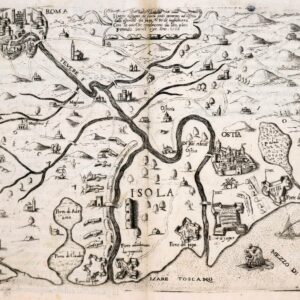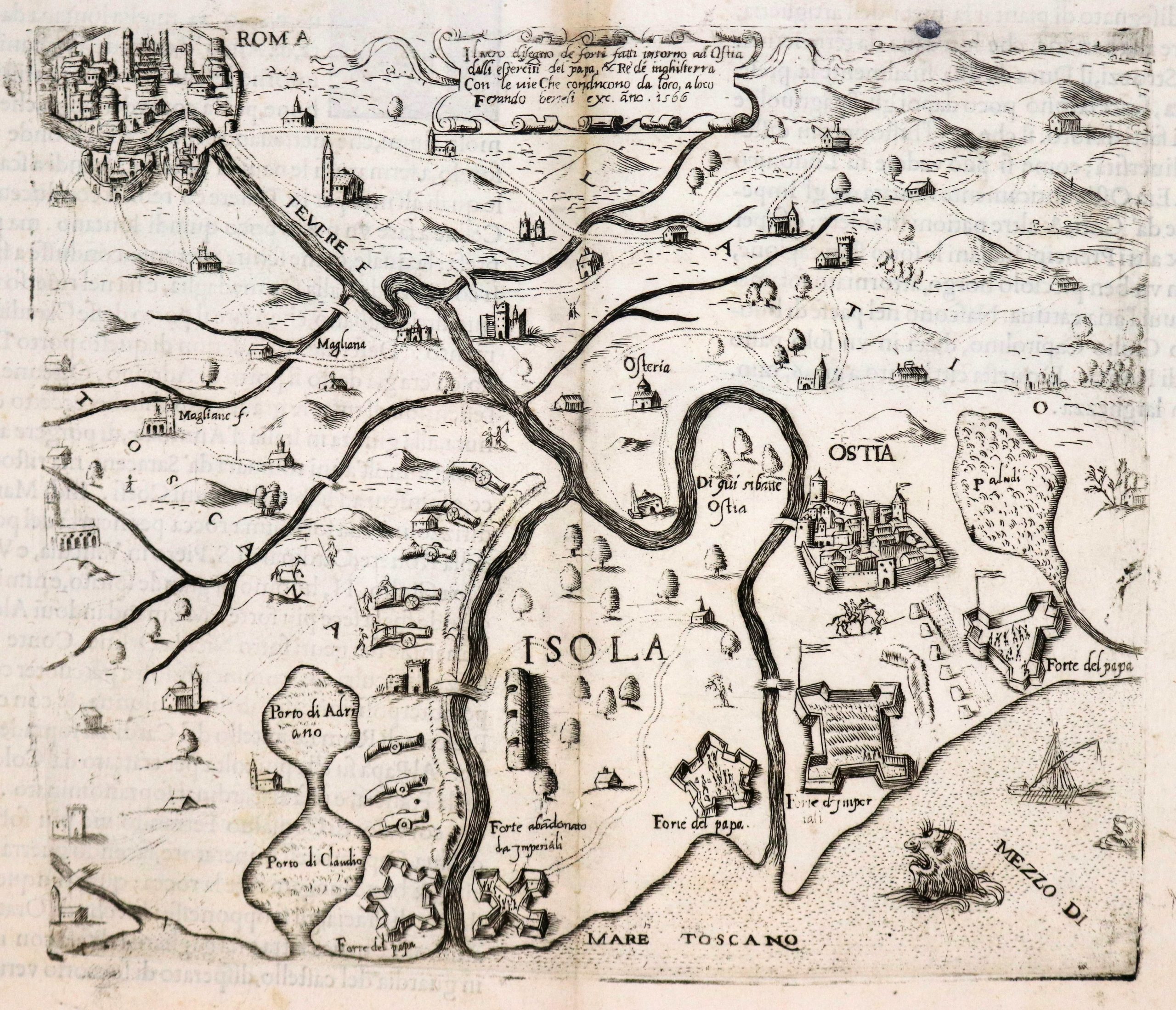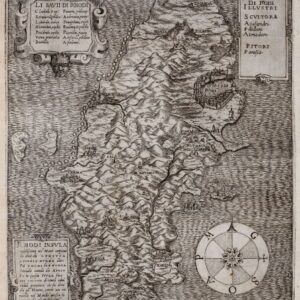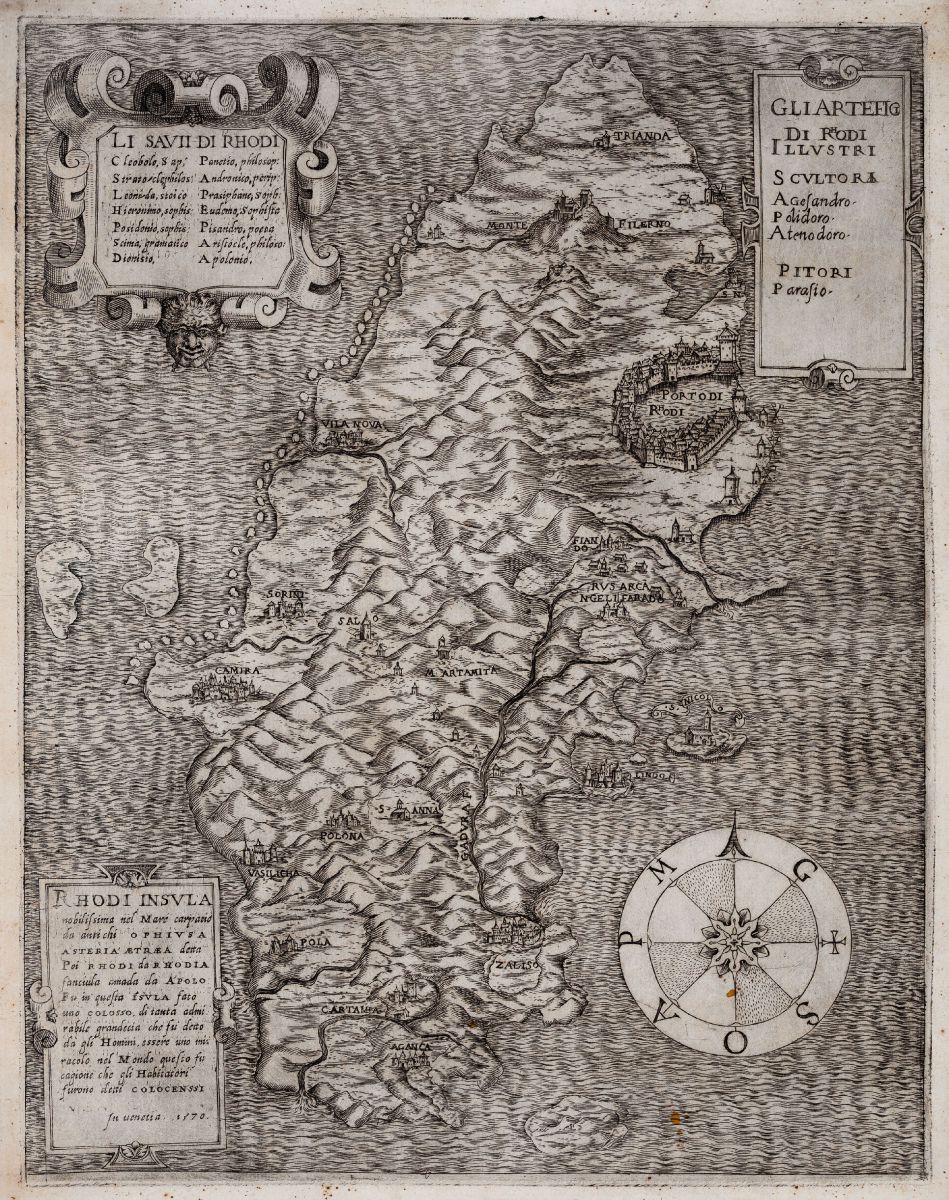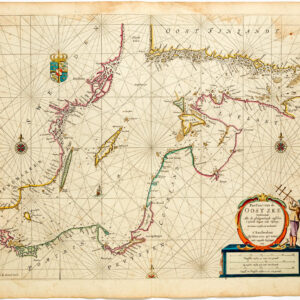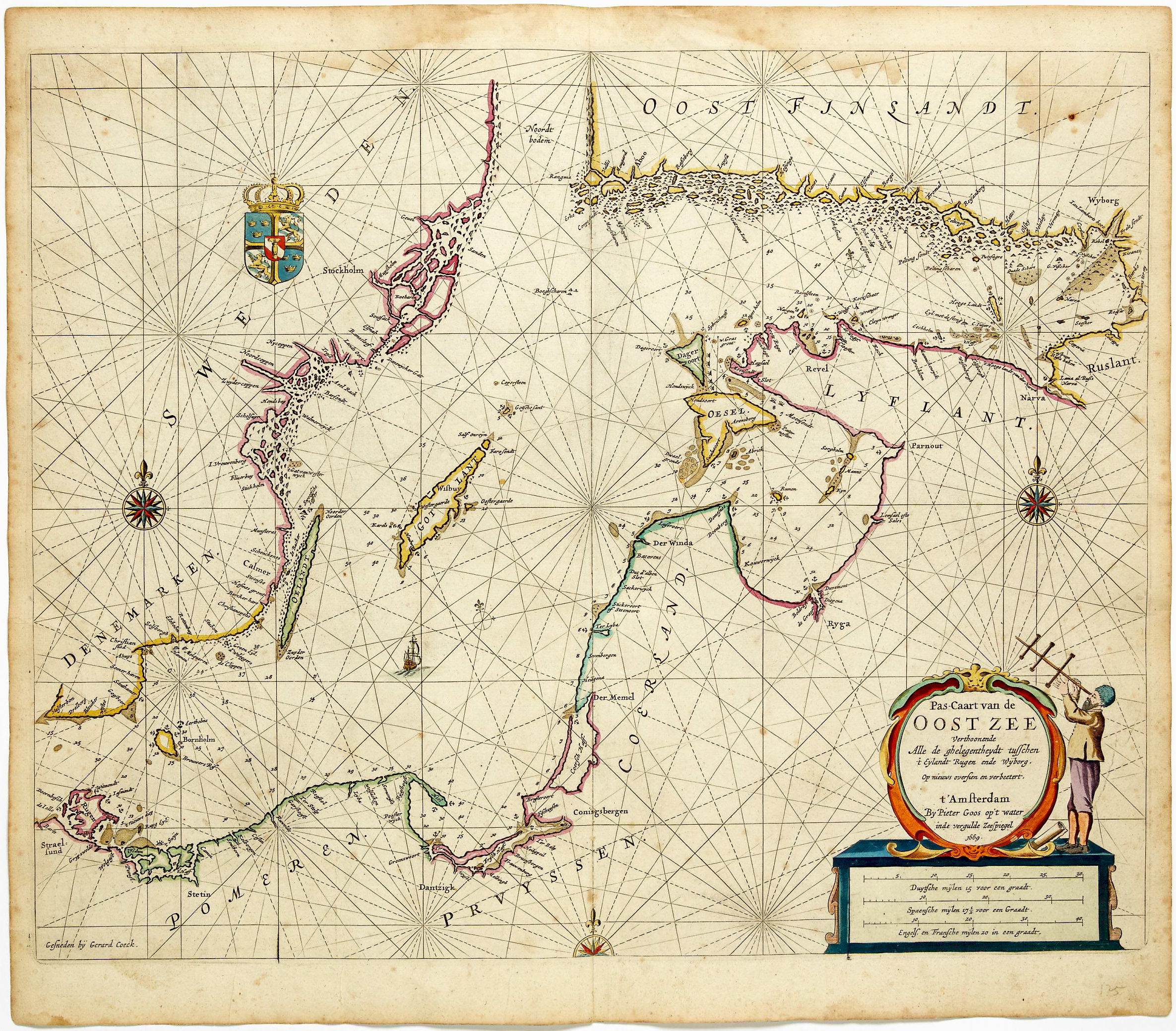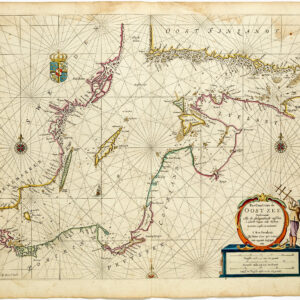Old color Ortelius map of the Franco-German border region Lorraine.
Lorraine. Lotharingiae Nova Descriptio.
$450
1 in stock
Description
This lovely late 16th-century map depicts the Franco-German border region known as Lorraine. It was compiled by the renowned Flemish mapmaker Abraham Ortelius and issued in a later edition of his famous atlas: Theatrum Orbis Terrarum. The map is signed and dated 1587 in the plate (below the scale in the upper right corner). It is oriented with East at the top and centers on the Moselle River Valley and the great medieval cities of Nancy and Metz. The map is crisp with vibrant original coloring. Despite its diminutive size, the map has been adorned with tree decorative cartouches. We mentioned the scale bare cartouche in the upper left corner. Across from it is the map’s title, cartouche. A smaller cartouche in the lower right corner highlights Ortelius’ royal privilege.
Context is Everything
Framed by the Rhine and Vosges Mountains, Alsace-Lorraine is a historical treasure, constituting the border region between France and Germany. It was at the heart of Charlemagne’s Frankish Empire in the 9th century and, later, an integral part of the Germanic Holy Roman Empire. The area’s history is a captivating narrative of control under various German sovereignties until it fell to France during the Thirty Years’ War (1618-48). Ortelius compiled this map shortly before this significant transition, adding to its historical allure.
Lorraine is famous worldwide for its quiches, macaroons, Mirabelle plums, and Madeleine cakes.
Cartographer(s):
Abraham Ortelius (1527-1598) was born in Antwerp to Flemish parents in 1527. After studying Greek, Latin, and mathematics, he and his sister set up shop as book dealers and a ‘painter of maps.’ In his heart, Ortelius was, nevertheless, first and foremost a historian. He believed geography was the ‘eye of history,’ which explains why he collected maps and historical documents with such passion. Ortelius traveled widely in pursuit of his interests, building contacts with mapmakers and literati all over the European continent.
Ortelius reached a turning point in his career in 1564 with the publication of a World Map in eight sheets, of which only a single copy survives. In 1570, he published a comprehensive collection of maps titled Theatrum orbis terrarum (Theatre of the World). The Theatrum is conventionally considered the first modern-style atlas. It was compiled by collecting maps and charts from colleagues across the continent, which Ortelius then had engraved in a uniform size and style. The engraver for most of the maps in Theatrum was none other than the famous Frans Hogenberg, who also served as the main engraver for the 16th-century urban atlas Civitates Orbis Terrarum, published with Georg Braun in 1572.
Hogenberg’s re-drawn and standardized maps formed the basis of the first atlas in history (even though it was Mercator who was the first to use the term a few decades later). Unlike many of his contemporaries, Ortelius noted his sources openly and in the first edition, acknowledged no less than eighty-seven different European cartographers. This ‘catalogus auctorum tabularum geographicum‘ is one of the major innovations of his atlas. The list of contributing mapmakers was kept up-to-date for decades after Ortelius’ death. In the first edition of 1570, this list included 87 names, whereas the posthumous edition of 1603 contained no less than 183 names.
While compiled by Abraham Ortelius in the manner described above, the Theatrum was first printed by Gielis Coppens van Diest, an Antwerp printer experienced with cosmographical books. Van Diest was succeeded by his son Anthonis in 1573, who in turn was followed by Gillis van den Rade, who printed the 1575 edition of Ortelius’ atlas. From 1579, Christoffel Plantin took over, and his successors continued to print Theatrum until Ortelius’ heirs sold the copperplates and the publication rights to Jan Baptist Vrients in 1601. In 1612, shortly after Vrients’s death, the copperplates passed to the Moretus brothers.
Condition Description
A nice impression with full contemporary color on a bright sheet with the crossed arrows watermark commonly found on Ortelius maps. There are a few small abrasions in the image and small remnants of hinge tape on verso.
References
Van den Broecke #50.
